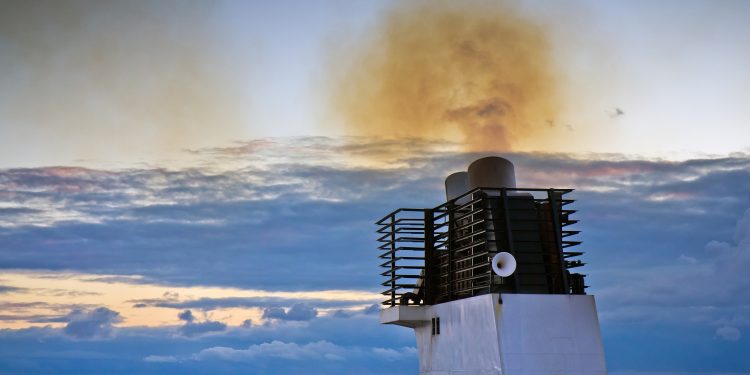International Maritime Organization (IMO) promoted a new series of videos so interested parties in the industry can get to grips with the mandatory Carbon Intensity Indicator (CII).
In particular, The Global Industry Alliance to Support Low Carbon Shipping (Low Carbon GIA) and Arcsilea Ltd. have developed a series of videos on the latest major amendments to MARPOL Annex VI, adopted by the IMO, namely the Energy Efficiency eXisting Ship Index (EEXI) and the Carbon Intensity Indicator (CII).
The videos cover:
- An introduction to CII
- CII guidelines
- A worked example
- DCS (Data Collection System) and SEEMP (Ship Energy Efficiency Management Plan)
- Certification and verification
This 5 part video series on the Carbon Intensity Indicator (CII), a new regulation that came into effect 1 January 2023. The series aims to provide an overview of CII as well as to raise awareness and increase understanding by providing explainers of what is in the regulation as well as how to apply, and where to look for more information about it.
#1 An Introduction to CII
- The need for CII
- How to distinguish between supply and demand based CII
- Where to find the regulations and guidelines pertaining to CII
#2 CII Guidelines
- The different component of the CII framework – CII, reference lines, reduction factors, rating boundaries, and correction factors.
- The difference between AER and cgDIST
- The difference between the trial metrics
#3 Worked Example
- How to calculate the attained operational CII
- How to calculate the required CII
- How to derive the rating boundaries and assign a rating to the ship based on the attained operational CII
#4 DCS (Data Collection System) and SEEMP (Ship Energy Efficiency Management Plan)
- What data is submitted to the DCS
- What the DCS is used for
- What is the purpose of SEEMP Part III
- What are the contents of SEEMP Part III
#5 Certification and Verification
- What is the difference between initial, periodical and additional verification
- What is the difference between the Confirmation of Compliance and Statement of Compliance
- What situations constitute a detainable deficiency during Port State Control
The video series was developed under the Energy efficiency technologies (EETs) and operational best practices workstream of the Low Carbon GIA.

































































